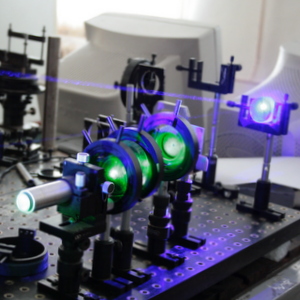Experts note that there is a number of advantages to SmallSats. Unlike mid-class structures and orbital stations, they are cheaper and they do not take long to be manufactured. Plus, a large number of such spacecraft can be launched simultaneously.
At the same time, their effective use requires additional studies aimed at assessing their performance in certain environments. One such performance feature is thermal shock. Its influence on space and orbital stations had previously been neglected, as it was considered rather negligible.
Yet, the 2017 ISS (International Space Station) experiment using advanced ultra-thin solar ROSA panels (Roll-Out Solar Array) proved significant levels of thermal shock fluctuations. Upon completing the experiment, the ROSA panel could not fold back due to severe vibrations. Therefore, it had to be detached from the ISS.
According to Samara University scholars, their new method of assessing the need to account for thermal shock disturbances affecting satellite movement can improve SmallSats efficiency.
The method helps designers to determine if taking into account the thermal shock factor is actually feasible. Moreover, satellite orbital models can be adjusted at the design stage, thus allowing for effectively achieving targeted tasks. For example, getting higher definition images from remote Earth sensing.
Scientists say that the results can be used in developing small-scale technological satellites.
“Surely, other research teams have similar practices. Still, our method is an attempt at a comprehensive approach when considering the thermal shock factor that involves core SmallSats characteristics”, said Prof. Andrey Sedelnikov from Samara University’s Department of Space Engineering.
Prof. Sedelnikov noted that mathematical descriptions of thermal shock require complex calculations. There are cases where such formulas are essential, but one could normally do without them.
The research was part of a state assignment from the Ministry of Education and Science of the Russian Federation. The scientists eventually plan to work out a more accurate description of the thermal shock process and its impact on SmallSats performance quality. For example, solar panels potential losing their stability when exposed to thermal shock.
Samara University is part of the "Priority-2030" program (a federal-level program aimed at supporting Russian universities) within the "Science and Universities" national project.
 RU
RU  EN
EN  CN
CN  ES
ES 